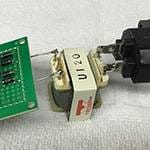First, I would like to correct an error from my previous blog post, where I referred to the "grounded side" of the two holes in a power plug as "cold."
→ Previous Article: The Orientation and Polarity of Power Outlets
The term "cold" was incorrect from an electrical standpoint. The correct term is "Neutral." Additionally, while the term "Hot" is sometimes used, I will standardize the terminology to the more precise term "Live" in this discussion.
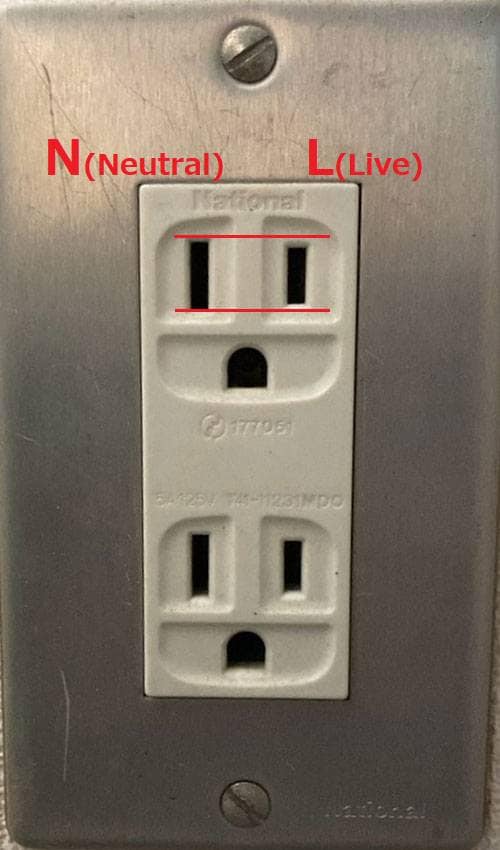
I did a bit of research to figure out why I made that mistake, and I came across some very interesting information. While there are various theories, I’d like to share one that I found particularly intriguing.
■ The Audio and Sound Theory
Hot, Cold, Ground—if you've ever worked with audio equipment, these terms are likely familiar. They're used to describe the signal lines in balanced cables, such as TRS and XLR (also known as Cannon) cables, which are commonly seen in audio setups.
TRS stands for Tip, Ring, and Sleeve. In this configuration, the tip is "Hot," the ring is "Cold," and the sleeve is "Ground." Typically, the tip is at the end, and the ring is in the center, although in rare cases, the order may be different.
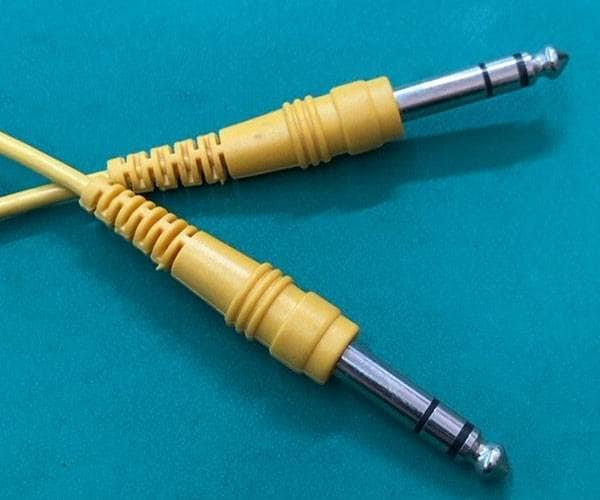
TRS
XLR (Cannon) connectors have numbers assigned to the pins, typically labeled 1 through 3. In most cases, the configuration is as follows: Pin 1 is Ground, Pin 2 is Hot, and Pin 3 is Cold.
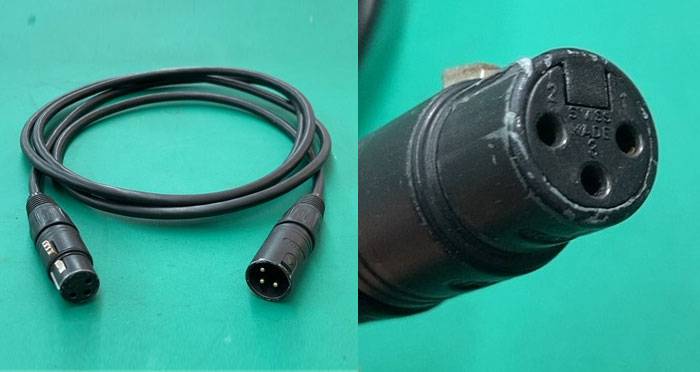
XLR
The discussion about the characteristics of balanced cables could get quite lengthy, so I’ll save that for another occasion.
Returning to the topic at hand, there is a theory that the signal names of balanced cables—Hot, Cold, and Ground—may have influenced how people refer to power outlet polarity. In audio environments, these terms are used frequently. There’s also a tendency to confuse "Ground" with "Earth," and this mix-up might have led to the misapplication of the terms Hot and Cold when referring to electrical outlets.
For the record, Ground and Earth are not the same. I’ve explained this briefly in a previous blog.
→ Past Article: Grounding and Microphone Noise
■ The "Opposite of Hot" Theory
This one is fairly intuitive. The idea is that "Cold" is simply used as the opposite of "Hot." In some countries, "Live" is officially referred to as "Hot," so people might mistakenly call "Neutral" by the term "Cold." It’s possible that this confusion crossed borders and made its way to Japan.
There are also theories, albeit less certain, that suggest terms like "Hot Start" and "Cold Start" in computers (referring to booting processes) might have been applied to electrical power.
Among the theories I’ve shared, I personally believe the "Audio and Sound Theory" is the most convincing. This is because I myself learned it that way in the field, and there may be others who have done the same. This was a good opportunity for me to relearn things and clarify this misunderstanding.
■ The Relationship Between Power Cables and Connected Devices
With the previous discussion in mind, let me share one example where matching polarity can be beneficial.
Some power cables are labeled with L (Live), N (Neutral), and E (Earth). These should be used according to the corresponding inlet (power socket) on the device you are connecting to, ensuring proper alignment of the polarity and grounding.
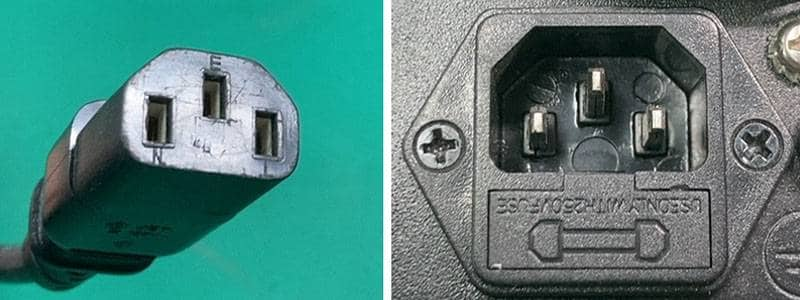
Power Cables and Inlets
Inlets often come with a fuse box, and in most cases, this fuse is connected to the Live side. Why is the fuse placed on the Live side, and not on the Neutral side?
The role of a fuse is to protect the circuit by cutting off power when an overcurrent occurs, preventing damage to the device. If a fuse were installed on the Neutral side, it would still blow when overcurrent occurs. However, the Live side would continue carrying a weak current, which means the circuit might still be powered and potentially dangerous, posing a risk of electric shock.
By placing the fuse on the Live side, the power is completely cut off from the source, ensuring that the protective function works as intended.
Besides inlets with integrated fuse boxes, there are other types: some have external fuse boxes, while others have none at all. In the latter case, fuses are often located inside the device’s circuit board, or there might be L/N/E inputs in the internal switching power supply.
Regardless of the type, to fully utilize this protective feature, it’s crucial to ensure the correct polarity when plugging in the power. Matching the outlet polarity ensures the device is properly connected and protected.
I hope this article helps prevent accidents and serves as a solution to potential issues.





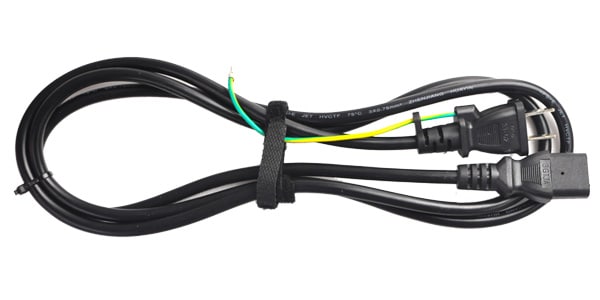


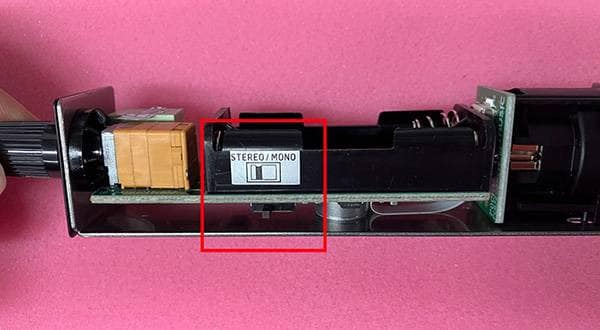

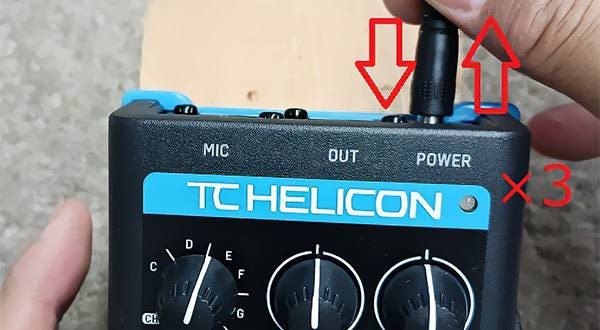
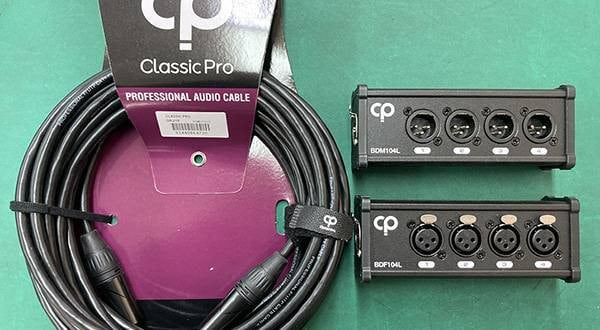
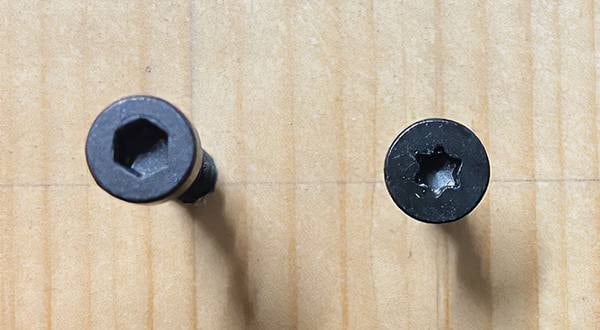
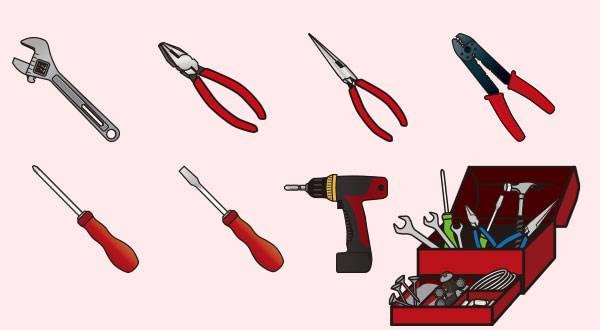
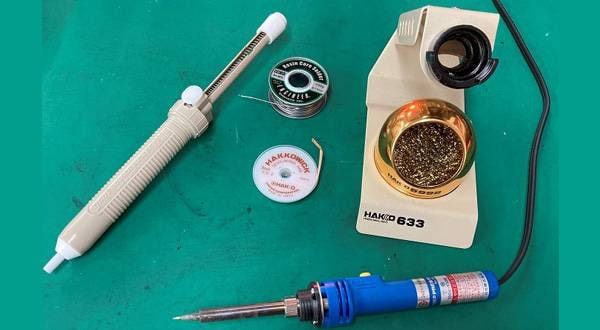
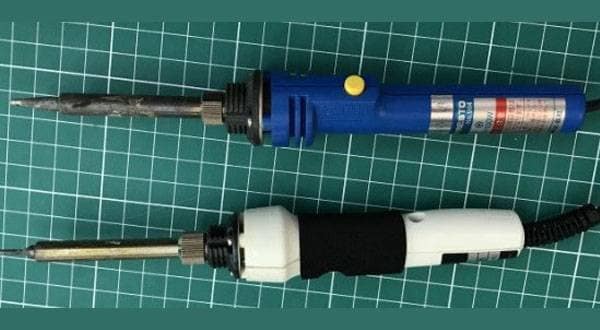
![[Latest for 2022] Simple Guide to Choosing a UPS](/contents/uploads/thumbs/2/2022/1/20220118_2_16206_1.jpg)
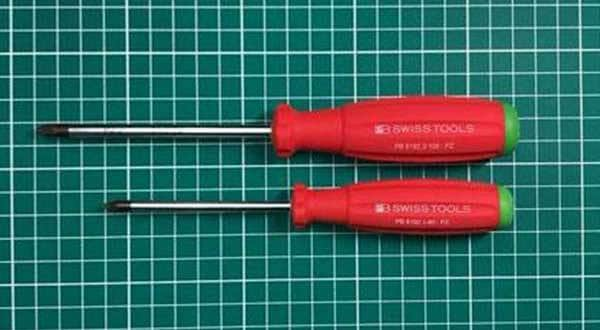
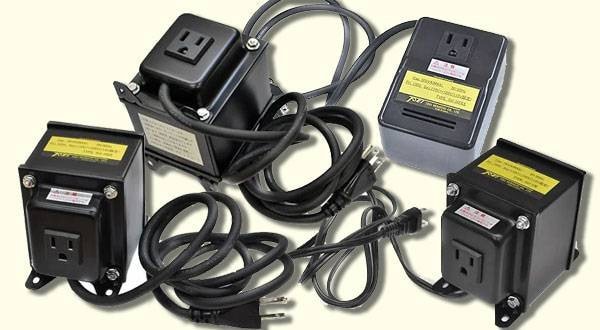
 STAGE EVOLUTION ステージ照明
STAGE EVOLUTION ステージ照明
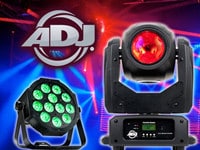 AMERICAN DJ ステージ照明
AMERICAN DJ ステージ照明
 Nitec ステージ照明
Nitec ステージ照明
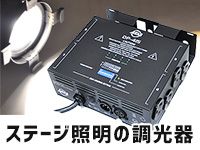 ステージ照明の調光器
ステージ照明の調光器
 EK Pro ステージ照明
EK Pro ステージ照明
 プロ仕様 ステージ照明 ELATION
プロ仕様 ステージ照明 ELATION
